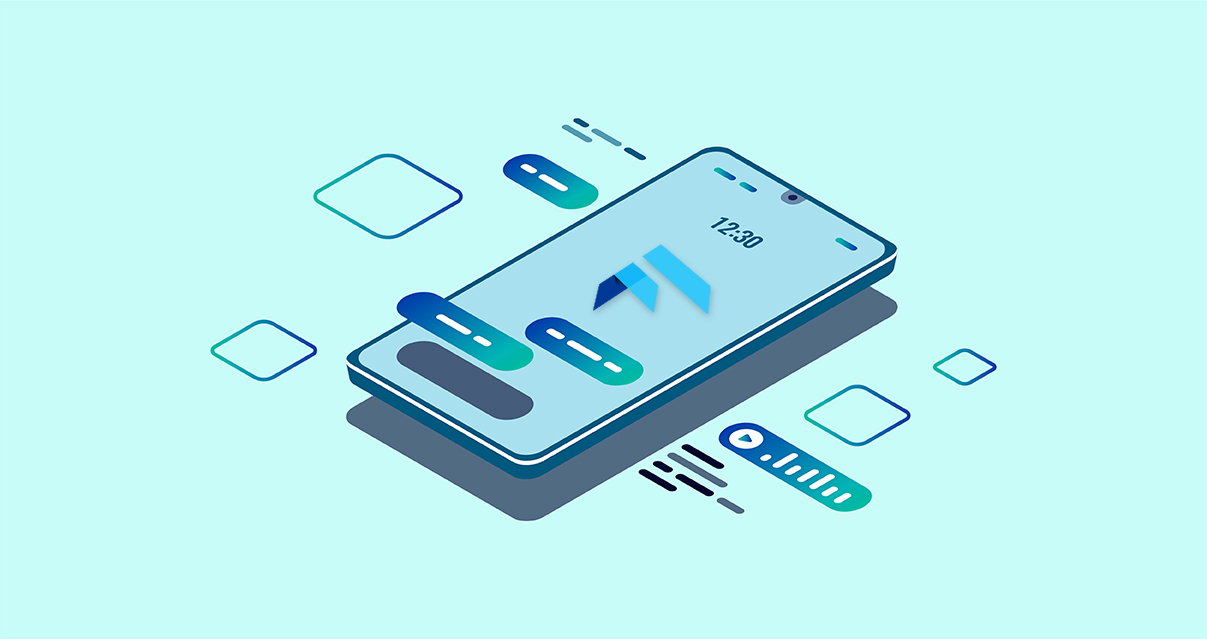
A single source code to develop mobile apps for iOS and Android: Flutter, the language launched by Google in 2018, saves a lot of time, without compromising on quality. At Elitech Systems, we tested it with curiosity, then adopted it with conviction. Here’s why.
If Flutter attracted us at the start, it’s because it responded to a recurring difficulty for mobile app studios: double coding on iOS and Android, very time-consuming during development, tests, maintenance and updates. up to date.
Flutter, an open source code accessible to all
Flutter therefore represents major and lasting progress. It is published and maintained by Google, just like Android which is the most used system in the world: it is difficult to find a more legitimate player.
However, Flutter is not proprietary code but an open source project accessible to everyone. More than 600 contributors help to enrich it. On the GitHub site, the world’s leading open source code hosting site, 91,000 developers have made it their favorite code.
In 2019, we carried out a first project with Flutter. It was a Minimum Viable Product (MVP), in other words a prototype intended to test an app with real users. And indeed, we have saved a lot of time.
A single development and more powerful mobile apps
The projects that followed confirmed this gain and we made Flutter our reference tool. On average, we cut development times by 40% . And of course, these iOS and Android apps perform just as well as if they had been developed with the usual tools.
Remember that current apps require more and more intelligence and autonomy from servers. They are more and more complex. Still, their iOS and Android versions should behave consistently. It’s much easier if they come from a single source code.
But in fact, why 40% time savings and not 50%? Because an app running Flutter continues to interact with the iOS and Android worlds and requires modules in these two languages. For example, an iOS plug-in to activate the microphone of an iPhone, or an Android module to buy the paid content of an app on the Play Store.
Simpler tests, more reliable apps
Flutter brings another advantage: the simplification of the tests carried out to validate the apps. No more need for an emulator launched by a server like for iOS apps. No need to physically connect a mobile to the server like with Android apps. The tests are carried out directly on a computer!
As a bonus, they are faster. Imagine that a test has failed and you have to repeat it several dozen times before you understand what is going on. With a large Android app, each relaunch can impose several minutes of waiting. Under Flutter, it’s immediate.
Ultimately, an app running Flutter benefits from much better test coverage. It is more reliable and should not be debugged later at the cost of multiple additional costs. It will make its place in the market, instead of being massively uninstalled because it crashes on first use.
Flutter, the right tool for 90% of mobile apps
Flutter has grown enough in two years of existence to allow the development of 90% of mobile apps . It is perfect for showing and manipulating information, accessing it, mobilizing phone peripherals (GPS, webcam, altimeter, sound, etc.).
On the other hand, it is not up to the Microsoft tools for 3D and augmented reality, present in many games. This is not a weakness, but a choice: Google has decided to focus Flutter on mobile apps and is sticking to it.
Finally, let us specify that “open source code” does not mean “within the reach of the first comer”. It is more difficult to code a mobile app in Flutter than a web page. The developer must appropriate it (there is no certified training), while being well armed on iOS and Android.

Comments are closed.